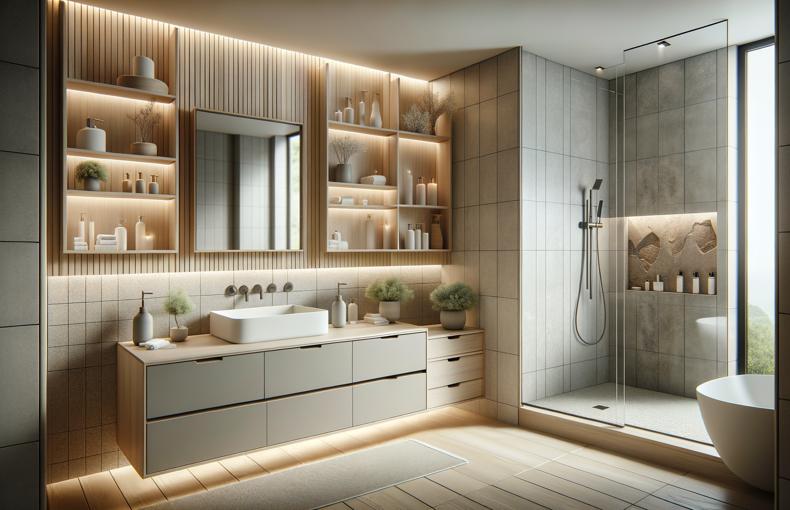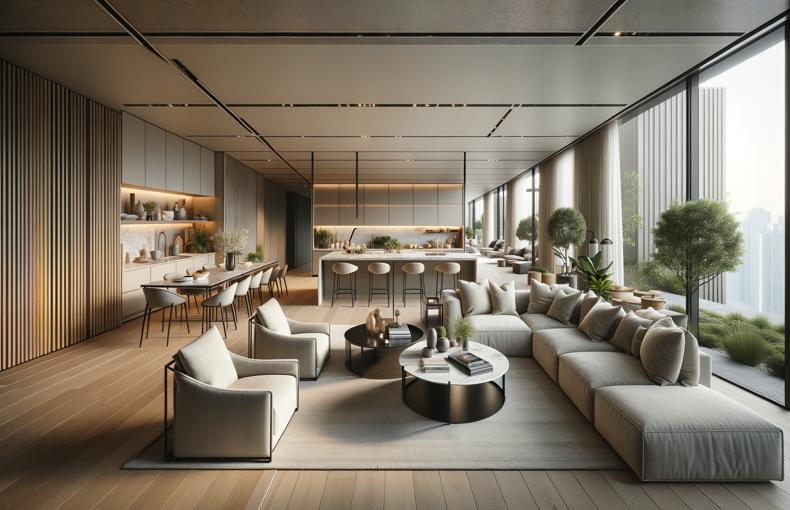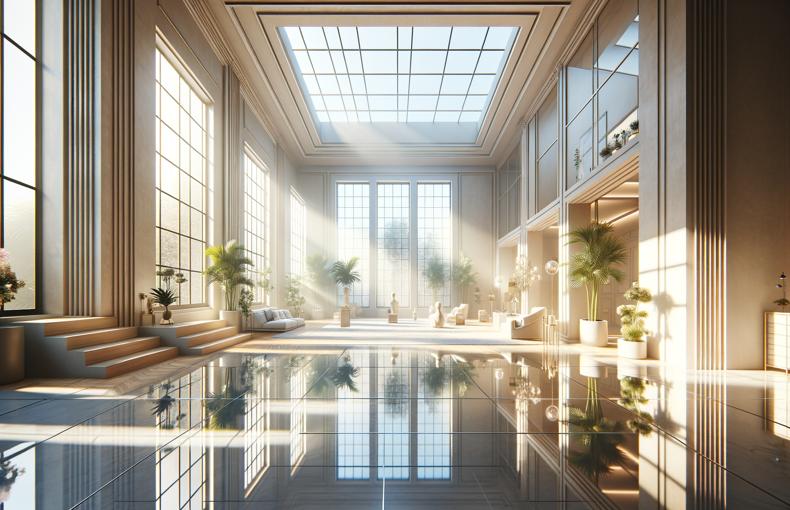Striking the Perfect Balance: How to Harmonize Functionality and Aesthetics in Your Home Design
Designing your dream home is an exciting journey, but it can also feel overwhelming when trying to balance functionality with aesthetics. Whether you're building from scratch or renovating an existing space, achieving this harmony is crucial for a home that is both beautiful and practical. In this guide, we’ll explore how to blend functionality and aesthetics seamlessly in home design, offering tips, inspiration, and practical advice to help you create a space that works as beautifully as it looks.
Why Balancing Functionality and Aesthetics Matters
When it comes to home design, aesthetics are what catches the eye, but functionality ensures comfort and ease in daily living. A space that looks stunning but doesn’t serve your needs can quickly become frustrating. Likewise, a home that is purely functional may lack the warmth and personality that make it feel like a sanctuary. Striking a balance between these two elements is key to a successful design.
Key Principles of Functional Home Design
Before diving into aesthetic considerations, let's look at the foundation of functional design. Here are some guiding principles to keep in mind:
1. Flow and Layout
- Maximize Efficiency: The layout of your home should facilitate easy movement and minimize wasted space. Think about the way you use each room and how spaces connect. For example, open floor plans between the kitchen, dining room, and living areas encourage a natural flow of traffic.
- Zoning: Group areas by their function—separating private spaces like bedrooms from social areas such as the living room helps maintain order and privacy.
2. Storage Solutions
- Built-in Storage: Incorporating storage into the architecture of your home, like built-in bookshelves or under-stair storage, keeps your living areas clutter-free while enhancing the aesthetic appeal.
- Hidden Storage: Use furniture with hidden compartments or install drawers in unused areas to ensure every inch of your home serves a purpose without sacrificing style.
3. Lighting Design
- Natural Light: Prioritize windows and skylights to maximize natural light, which creates an airy and welcoming atmosphere while reducing the need for artificial lighting.
- Task Lighting: Layer lighting strategically. While ambient lighting sets the mood, task lighting should be installed in high-use areas like kitchens, bathrooms, and workspaces for maximum functionality.
4. Durable Materials
- Long-lasting Surfaces: Choose durable materials for high-traffic areas. For example, stone countertops or hardwood floors offer both beauty and endurance. You’ll save time and money in the long run while maintaining visual appeal.
Creating an Aesthetic That Elevates Functionality
Now that you have the basics of functionality, it's time to introduce aesthetic choices that enhance the overall design. Here’s how to integrate aesthetics with practical elements:
1. Color Palette and Mood
- Complementary Colors: Use a color scheme that reflects your personal style while promoting functionality. Soft, neutral tones can make a small space feel larger, while bold colors can energize certain areas, like a home office.
- Consistency: Keep the aesthetic consistent throughout the home. Use matching color accents, materials, and textures to create a unified design that flows seamlessly from room to room.
2. Furniture as Art
- Statement Pieces: Choose furniture that is not only comfortable but also visually interesting. For example, a sculptural chair or a minimalist dining table can serve as functional art pieces.
- Multi-Use Furniture: Opt for versatile pieces that serve multiple purposes, such as a sofa that doubles as a guest bed or a kitchen island with storage underneath. This enhances functionality while contributing to the room's overall look.
3. Balancing Minimalism with Personality
- Clean Lines with Accents: Minimalism creates a calm and orderly space, but too much can feel cold. Strike a balance by introducing personal touches like artwork, rugs, and plants that add warmth without overwhelming the design.
- Textures and Layers: Use different materials—such as wood, glass, and textiles—to add depth to your design. These elements can create a visually dynamic space that is functional yet inviting.
4. Nature-Inspired Aesthetics
- Biophilic Design: Incorporate natural elements into your home. This not only enhances aesthetics but also improves your well-being. Consider large windows with views of nature, indoor plants, and natural materials like wood and stone for a balanced, serene space.
Tips for Achieving the Perfect Balance in Each Room
Different rooms serve different purposes, and their design should reflect that. Here are room-specific tips to help you find the sweet spot between functionality and aesthetics:
Living Room
- Focus on comfortable seating with a layout that encourages conversation. Incorporate shelves or storage for media equipment that blends into the décor.
Kitchen
- Choose countertops and cabinetry that are both durable and stylish. Appliances should be placed within easy reach, but they can be hidden behind cabinetry to maintain a clean aesthetic.
Bathroom
- Design with water resistance and storage in mind. Floating vanities and wall-mounted storage maximize floor space while creating a modern look.
Bedroom
- Keep the color scheme calming and clutter to a minimum. Include hidden storage solutions like under-bed drawers or a built-in wardrobe.
Bringing it All Together: Functionality + Aesthetics
To ensure your home design achieves the right balance, start by defining your priorities. Are you focused on comfort, or do you want a space that feels luxurious? The goal is to find middle ground where neither function nor beauty is compromised.
Here are a few additional tips:
- Collaborate with Professionals: Hiring an experienced interior designer or architect can help you navigate this balance with expert advice on optimizing both form and function.
- Use Technology: Tools like 3D rendering software or augmented reality apps allow you to visualize how different design choices will work together before committing to a final plan.
Conclusion
Finding the perfect balance between functionality and aesthetics may take some time and effort, but the end result is a home that not only looks great but also enhances your quality of life. By focusing on both the practical and the beautiful, you can create a space that reflects your unique personality while meeting your everyday needs.
Let your home design be a true reflection of you, where every room works seamlessly with your lifestyle, offering the best of both worlds.











